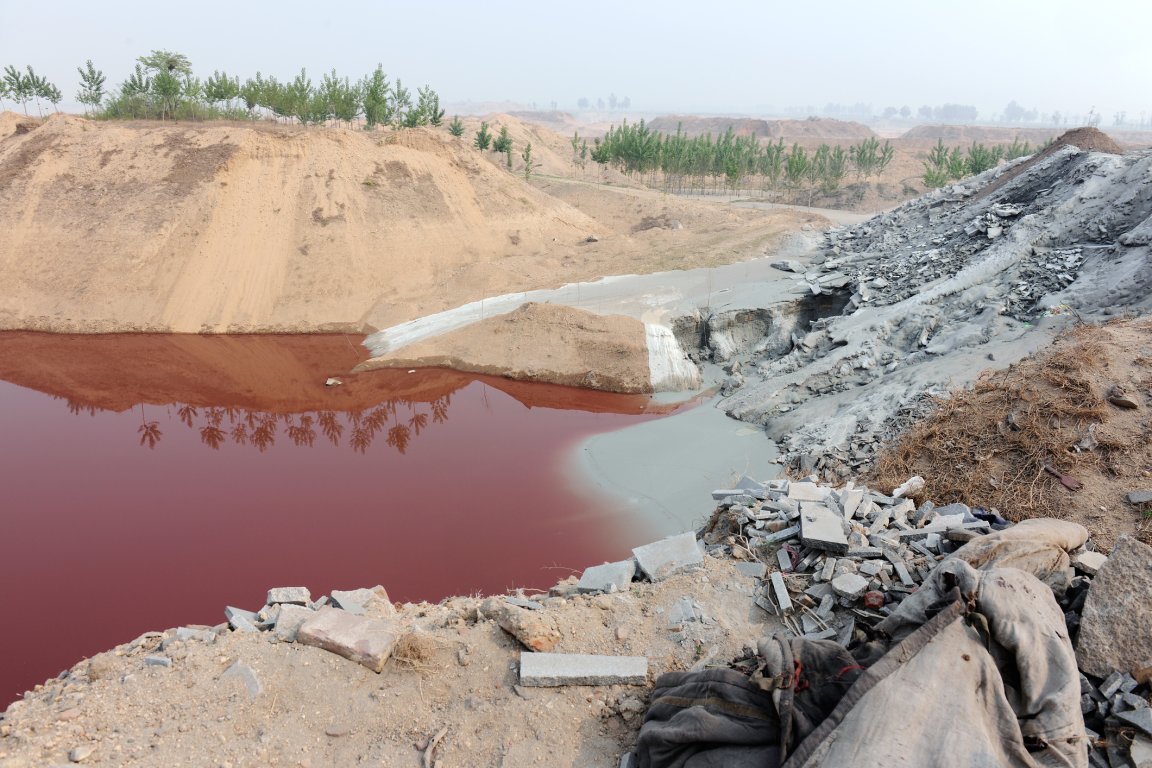
Fresh Water
China’s Ministry of Environmental Protection announced the successful launch of nearly 8,000 water clean-up initiatives in the first six months of 2017, comprising a projected total investment of 667.4 billion yuan ($100 billion.)
In 2015, 343 contaminated groundwater sites were identified throughout China. Officials developed the action plan currently underway, with noted improvements for 95 percent of those instances.

The country grades water quality in six different bands, with the bottom rung being designated as “black and stinky,” and not even good enough to use for irrigation or industrial applications. Of the 2,100 sites that were given this grade, 44.1 percent saw treatment projects over the first half of 2017. However, officials did acknowledge that the regions of Hebei, Shanxi, Liaoning, and Anhui were not receiving the attention they deserved.
A Cleaner China
It’s too late to consider China’s water treatment efforts as a preventative measure, as conditions have already proven deadly, with people living in remote areas at extreme risk. However, this is only one of many components of the ancient nation’s larger strategy to restore its ecosystem.
Earlier this month, China exceeded its 2020 target for solar installations, cementing its position as the biggest producer of solar energy in the world. The country has previously demonstrated its ability to power an entire region with 100 percent renewable energy for a whole week.
This is all part of the “war on pollution” waged by Chinese officials. Between addressing problems with water and shifting to renewable energy sources — not to mention reducing its reliance on fossil fuels — China intends to show the world how the economical needs of a burgeoning population can be served without compromising on its ecological goals.